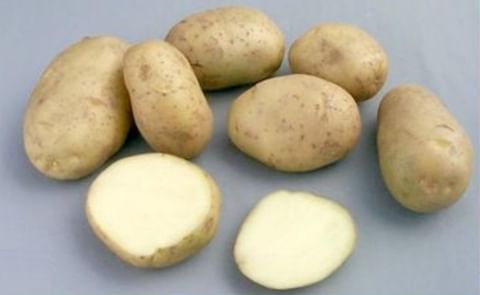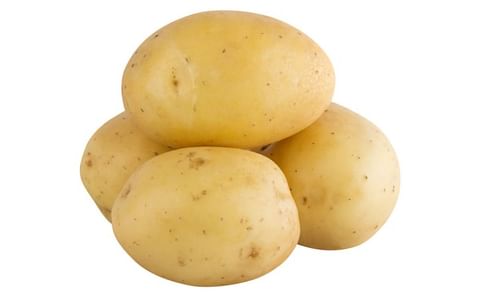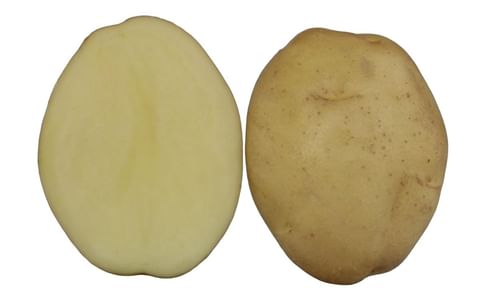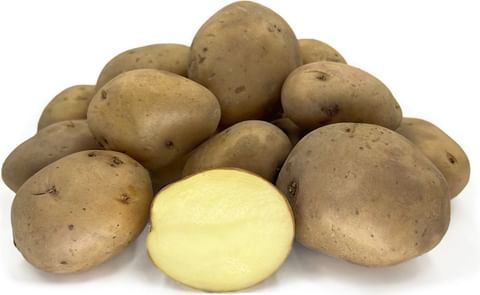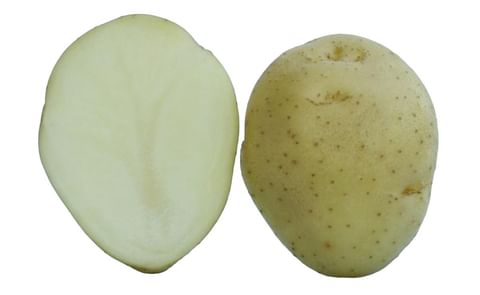India’s potato cultivation is primarily concentrated in the fertile Indo-Gangetic Plain, with Uttar Pradesh, West Bengal, and Bihar leading production due to nutrient-rich alluvial soils and favorable short-day winter climates ideal for potato growth. However, India’s agriculture remains vulnerable due to a highly seasonal monsoon-dependent climate, with over 80% of annual rainfall occurring between June and September, leading to critical water availability issues and heavy dependence on rapidly depleting groundwater resources.
Despite a threefold increase in population since independence, the cultivated land area has seen only marginal growth, prompting increased cropping intensity and double-cropping to meet rising food demand. With limited scope for expanding arable land, future productivity improvements in potato farming must rely on efficient resource use and advanced agricultural practices.
The ICAR–Central Potato Research Institute (CPRI), headquartered in Shimla, Himachal Pradesh, plays a pivotal role in enhancing potato productivity through strategic research, development of high-yielding and disease-resistant varieties, and technology transfer. Leading Indian potato varieties developed by CPRI include Kufri Jyoti, Kufri Chipsona-1, Kufri Chandramukhi, Kufri Jawahar, Kufri Pukhraj, Kufri Satlaj, and Kufri Badshah—each suited to different agro-climatic zones and market needs, including table use and processing. These efforts are central to sustaining and boosting India’s potato production, positioning the country as a key player in global potato cultivation.
India’s potato industry is supported by key players across the value chain. In potato-based product manufacturing, PepsiCo India (Lays, Uncle Chipps), McCain Foods India (frozen products), and ITC Limited (Bingo snacks) lead the market. Leading equipment manufacturers like Fry-Tech Food Equipments, Jackson Machine, and Allround India provide advanced processing solutions. Major exporters such as Iscon Balaji Foods, SK Agri Exports, and Parivid Impex International supply fresh and processed potatoes globally. In seed potato production, companies like Mahindra HZPC, Agrico (in partnership with SV Agri), and Kaveri Seeds ensure the availability of high-quality planting material across India.
The potato, native to South America, was introduced to southern Asia in the late 16th or early 17th century, likely by Portuguese mariners, initially as a botanical curiosity rather than a food crop due to European ambivalence about its nutritional value. The earliest reference to the potato in India comes from Edward Terry, chaplain to Sir Thomas Roe, who noted its cultivation in northern Mughal territories between 1615 and 1619, possibly referring to the true potato rather than sweet potato .
Potato cultivation gained momentum under British rule, especially during Governor Warren Hastings' tenure (1772–1785), and by the late 18th to early 19th centuries, locally named varieties like Phulwa, Gola, and Satha had emerged, though it remained primarily a garden crop, grown by the British in hill stations. European varieties struggled in India’s plains due to climate mismatch and storage issues caused by heat and viral infections. However, some adapted well to cooler areas—such as Magnum Bonum, Royal Kidney, Craig’s Defiance, and Up-to-Date, the latter also spreading to Burma.
The establishment of the Central Potato Research Institute (CPRI) in 1949 marked a turning point, with 32 varieties (16 European and 16 Desi) documented by 1950. CPRI later developed over 50 improved varieties suited to Indian agro-climatic conditions, significantly boosting production. Today, potato is India’s fastest-growing staple crop, with 2022 production more than 20 times that of 1961, transforming from a colonial novelty into a vital contributor to food security, rural incomes, and agricultural innovation.
Agricultural Statistics for india
Loading...
Consumption Statistics India
| Sweet Potatoes , Consumption (Crop Equivalent) in 2018: | 0.97 | kg/capita/year | ℹ | Sweet Potatoes |
| Potatoes (Fresh and Processed) , Consumption (Crop Equivalent) in 2017: | 25.19 | kg/capita/year | ℹ | Potatoes (Fresh and Processed) |
| Sweet Potatoes , Consumption (Crop Equivalent) in 2017: | 0.96 | kg/capita/year | ℹ | Sweet Potatoes |
| Potatoes (Fresh and Processed) , Consumption (Crop Equivalent) in 2016: | 24.80 | kg/capita/year | ℹ | Potatoes (Fresh and Processed) |
| Sweet Potatoes , Consumption (Crop Equivalent) in 2016: | 0.97 | kg/capita/year | ℹ | Sweet Potatoes |
| Potatoes (Fresh and Processed) , Consumption (Crop Equivalent) in 2015: | 24.67 | kg/capita/year | ℹ | Potatoes (Fresh and Processed) |
| Sweet Potatoes , Consumption (Crop Equivalent) in 2015: | 0.82 | kg/capita/year | ℹ | Sweet Potatoes |

